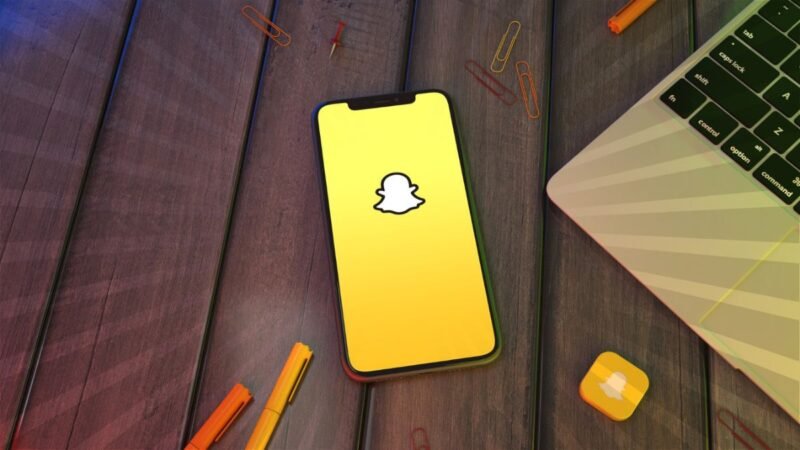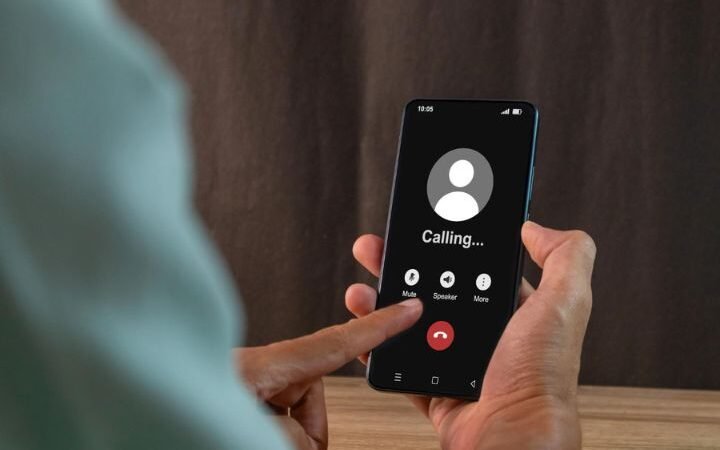What Is Flywheel In Marketing?

If you’ve ever heard that sales funnels can have their days numbered, they may be right. Although many experts believe that this should not be the case, there has been a change in the way content marketers work within the company to better serve the customer. In this post, we will talk about what Flywheel is, a concept that has come to break the schemes of digital marketing.
The American writer and consultant Jim Collins coined the term Flywheel to define the strategic entrepreneurial tools of business.
In his book, Good to Great, he says that “there is not a single innovation that kills, not a solitary stroke of luck, not a miracle moment; rather, the process is like incessantly pushing a giant, heavy wheel of inertia, turn after turn, gathering momentum to a point of advancement and beyond. ‘
And this is what explains, with its approaches, what is Flywheel, a method capable of generating potential customers by improving relations between company and customer.
What is Flywheel?
The term Flywheel places the emphasis on the relationship between the company and the customer as a cycle. This is an endless loop where customers can continue to interact with the business (and vice versa) even after their transaction has finished.
This is an improvement on the traditional funnel that we are all familiar with.
It could also be defined through the metaphor of the steering wheel (meaning that this English word acquires when translated into Spanish): imagine a steering wheel as if it were a wheel driven by the inertia produced by the effort after being pushed. What happens? That momentum is generated. If you keep pushing, it will eventually end up spinning on its own, right?
This, applied to marketing, could be compared to the initiatives that are fed and that, finally, end up creating their own long-term momentum.
A good customer experience will lead to more buyers, which in turn leads to more sellers. A greater number of sellers will reduce costs and prices through competition and at the same time strengthen the selection for customers. Lower prices and greater selection will attract more customers, and the cycle repeats itself.
Learn to develop digital strategies to improve the user experience.
However, operational tactics will evolve as the buying journey becomes more defined and goals become more specific and measurable, such as increasing close rates or reducing sales cycles.
The Phases Of Flywheel In Marketing
To understand what a Flywheel is, it is necessary to know the three phases of its operation.
Attraction
It is about generating leads by ensuring that you provide value to the target audience. Different tactics enter this phase:
- Publications on the blog and content marketing.
- Keyword strategy and SEO on and off the page.
- Presence in social networks, both organic and paid.
- PPC.
During the pull phase, you are encouraging the customer to start the buyer’s journey on their own. By providing all this useful (and free) content, potential clients can determine if they are interested in working with the company. If your inbound techniques are focused on those specific audiences, you will be convincing them to act on your CTAs and ask for more information.
Commitment
It’s about building an ongoing relationship through the sales funnel, which includes providing personalized customer service, education, and solutions throughout the customer buying process. Engagement phase tactics include:
- Segmented email campaigns.
- Closed content such as e-books, white papers, and downloadable templates.
- Individualized time, such as demonstrations and initial phone calls.
- High free content such as in-depth how-to videos or webinars.
- Offer a free trial of the product.
Many of the techniques in the engagement phase can be seen as direct responses to the problems that customers pose to their service teams. The sales department will also be able to use your work, offering it to customers if questions arise in their communications.
Delight
It’s about cultivating such a positive experience with a focus on strong customer relationships to become promoters, helping the wheel turn back to the pull phase. The delight phase tactics include:
- Organize events in person for your clients to interact and continue their training.
- Provide exclusive content for “members” such as e-books and webinars.
- Personalized email campaigns.
- Invitations to test new features or products.
- Create a referral program.
These are the clients you can work with creating case studies, product review videos, and other user-generated content.
Aslo Read : Top Quotes By Marketing Experts And Marketing Gurus


